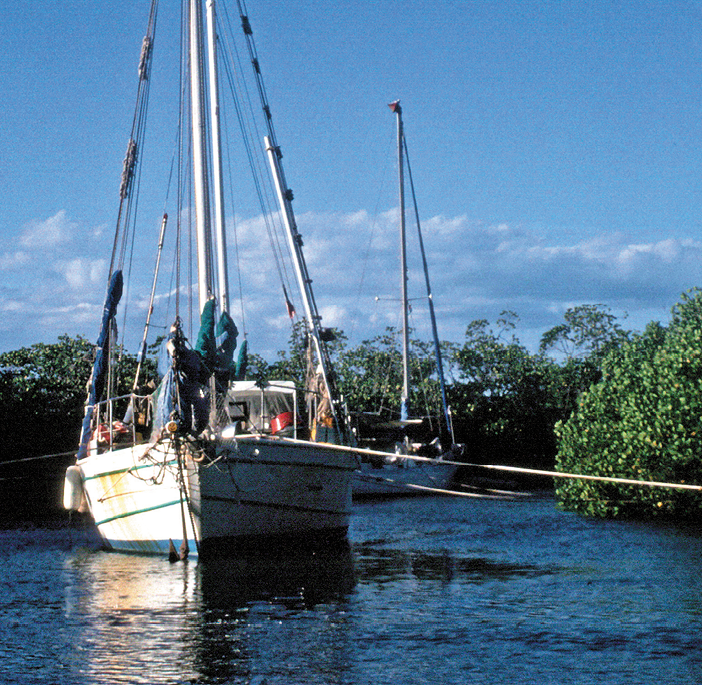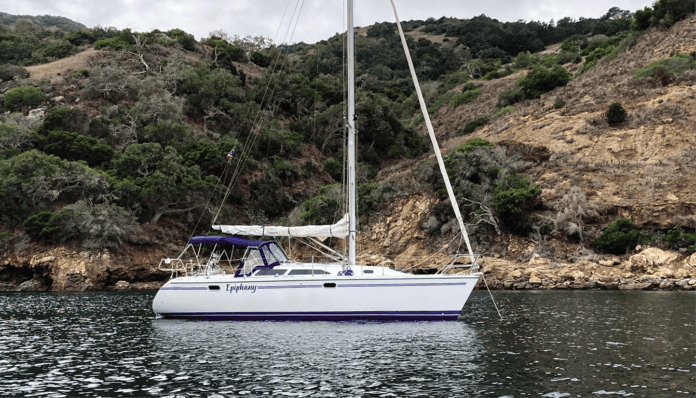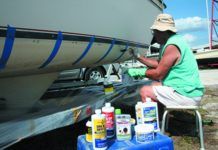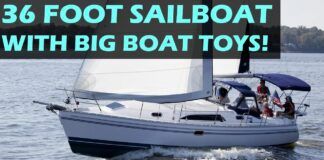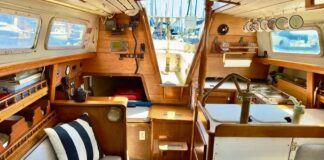TILLERS VS. WHEEL
I sailed a Yankee 30 for 10 years — tiller steering — and recently moved up to a “big sister” of the Yankee, an S&S-designed SHE 36, also with a tiller. It seems like most 36 foot boats have a wheel, but I’ve had no regrets about the tiller configuration. Of course, it’s what I’m used to. But the simplicity and reliability are real considerations when bluewater sailing, and the extra room in the cockpit is appreciated too. Boats from the 70s just don’t have the same room aft that newer designs do.
Niklas Ormseth
SHE 36 Dubbel Zout
Vashon, WA
CURE FOR DUSTY DUTCHMAN
Regarding your report Taming the Main: Sail-Handling Systems for Bigger Mainsails (see PS February 2008), we have a Dutchman system, which uses a topping lift halyard attached to a line looped through blocks. The line runs through the Dutchman clamps. We have been able to adjust the clamps position on the loop so that it is now “set it and forget it.” We loosen the topping lift to a pre-set point once the main is raised. This prevents the topping lift from constricting the boom/sail. When coming in, we tighten the topping lift (to another pre-set point) so that the Dutchman system is more taught and ready to do its job. The main drops and flakes itself pretty neatly. Also, some have mentioned issues with raising their main (jumping it at the mast, rather than cockpit pull, etc.). On our C320, we can pull the main up from the cockpit to within about two feet and then crank the cabin top winch from there. I’ve had two Dutchman systems in two different harbors, and one issue is that the monofilament line collects dust from the air. With enough dew, the water and dirt run down through the holes in our sail cover and then stain the mainsail just below the Dutchman grommets. I recently tried a new fix: I took some squares of an old blue T-shirt (the same blue as the sail cover) and wrapped them around the fishing line and into the holes to try to intercept the “mud.” We’ll see how it works.
Roger Briggs
Catalina 320 Epiphany
Santa Barbara, CA
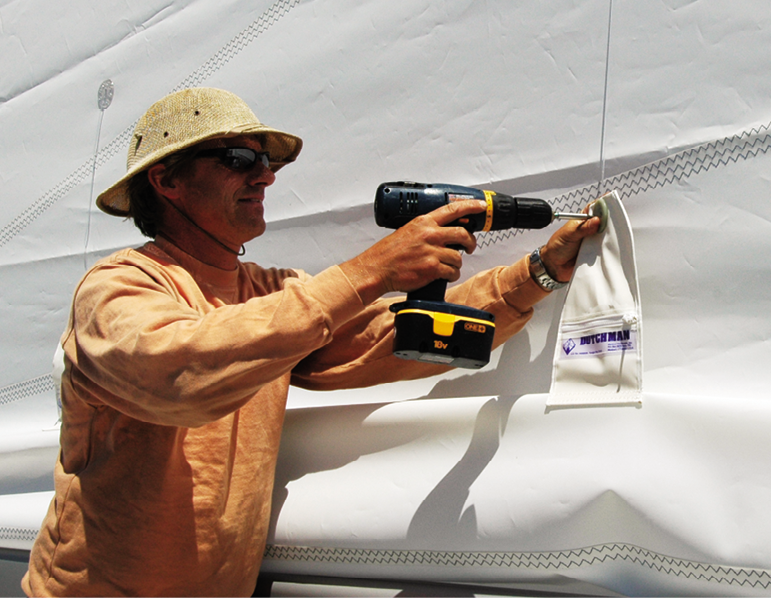
REDUCE SLIDE/SHEAVE FRICTION
Regarding your report on taming mainsails, reduction of friction with ball-bearing masthead sheaves as well as ball bearing mast slide systems from manufacturing source you like best are massive improvements. I sail a 24.5 meter schooner mostly single handed. Hoisting and reefing are both easily accomplished with above systems with a simple set of lazy jacks. Just remember to tighten them well before lowering the sail. To prevent the main from snagging on the lazy jacks while hoisting the main, the leeward lazy can be slacked and taken forward prior to hoisting. Hoist with the wind 20 to 40 degrees off the bow will also help keep any boom movement away from deck crew.
Thomas Harris
via PS Online
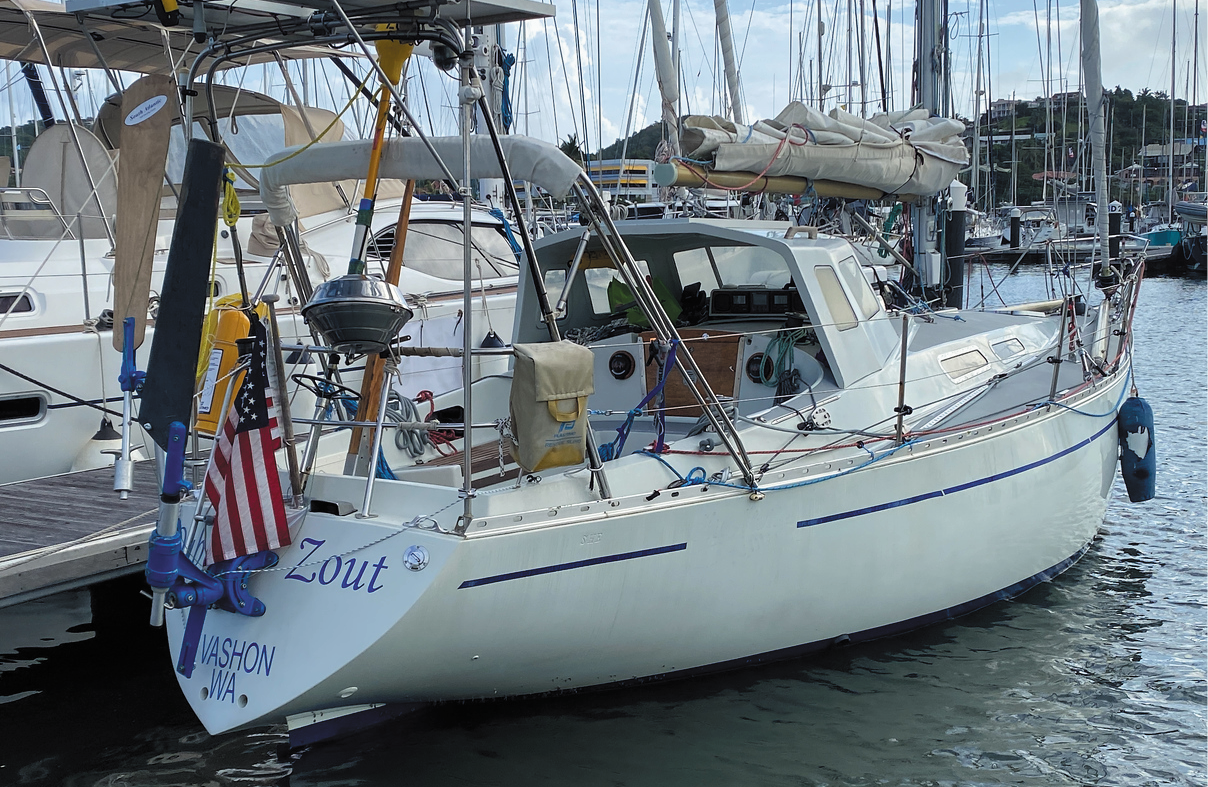
DON STREET AND JIBE PREVENTION
Regarding your report on jibing (see “Controlling Jibes and Case Studies,” Practical Sailor, December 2022) Don Street has been advocating for end-boom sheeting and jibe-preventer tackles for decades. He illustrates them in most of his books and cruising guides, and now with new lightweight, super strong, zero stretch Dyneema this gear is even more practical. Lots of boats have no end-boom bails or fittings, but they should be installed and used – led forward to the stem head, then back to a winch. He sold his legendary 100+ year old yacht Iolaire and its new owner immediately took it out, crash jibed it, and sank it due to not using the end boom jibe prevention that Don had been preaching since WWII.
Ryan McNabb
via PS Online
BILGE PUMP MAINTENANCE TIPS
Regarding your recent blog post “Bilge Pump Installation and Maintenance Tips,” (see PS March 2021), we had the diaphragm pump high in the bilge with a pickup tube to the lowest point along with a WaterWitch 100 series automatic bilge switch mounted at the very bottom, to keep the bilge dry. We had this set up for 10-plus years. However, the pumps kept losing prime once we became much more active cruisers. After five or six years of struggling to figure out why, we replaced the pumps. We were tired of dealing with possible air leaks in the strainers and debris in the pump’s rubber flapper valves. In general, we found our diaphragm pumps difficult to maintain, and that they can easily lose prime, even though they are supposed to be self-priming.
We upgraded to centrifugal pumps. A few weeks ago I ripped out all the diaphragm pumps and went with a Rule 500 gallons-per-hour (GPH) electronic water sensing centrifugal pump–no more wire mesh external strainer to constantly clean, no more mysterious loss of prime.
Although not self-priming, we found these centrifugal pumps to be more reliable since they prime in the presence of water, which is the only time you need them, anyway. Yes, the Rule 500’s electronic sensor comes on for 1 second every 2.5 minutes to check for water, but I never hear it. (My wife does, but I can turn it off at night when we’re aboard). It is wired to a light that blips on whenever the sensor is active, which confirms its proper operation.
I also have a 2,700 GPH Rule “crash pump” that is wired to a WaterWitch 230 water-activated bilge pump switch. The WaterWitch is connected to an alarm that sounds when the switch is activated. I remind myself that 12V DC bilge pumps are generally only good for small leaks that might sink your boat over time. A high-capacity “crash pump” just buys a little more time if it’s a big leak.
Ed Lare
via PS Online
USE THOSE LAZY JACKS
Your report on bilge pumps was very informative, but one other factor should be taken into account. Non live-aboard boats are usually left unattended at a mooring far longer than they are with someone aboard. If a leak develops, the pump will keep pumping until the battery dies. All else being equal, a more efficient pump would discharge more total water than a less efficient pump until that happens. One way efficiency can be estimated is by calculating gallons flow per amp draw. There should be a column in bilge pump comparison articles showing gal/amp. That’s the basis I used to select an additional emergency 2000 GPH bilge pump with a WaterWitch switch for my Beneteau 44.7. It originally came from the factory with manually-switched bilge pumps with about 350 GPH total capacity.
So far the new pump has not had to run in danger but I’m confident if it does it will pump the most gallons of water for as long as the batteries last. Hopefully that may be long enough for someone to notice and take action or call me.
Simon Zorovich
Beneteau 44.7 PoleStar
Staten Island, NY

EXPIRING PFD INFLATORS
Regarding your recent blog post, “Check Expiration Dates on Auto-inflate PFDs,” thanks for all the good information. I can attest to the reliability of a well maintained auto-inflate PFD. My 14-foot jon boat capsized when I overcompensated on my 15 hp outboard tiller and took on water over the gunnel. My fishing buddy and I were very fortunate that we were not struck by the craft as it overturned. The PDF’s inflated as designed. We were able to signal passers bye driving on a road about a half mile from us. There was about a forty-five minute wait for help to arrive and we were picked up without incident. If there was an injury or had hypothermia set in, these PFD’s would have been the difference between life and death.
Frank Polizzi
via PS Online
Our comparison of centrifugal bilge pumps compared the current draw of each pump (see “High Capacity Bilge Pump Test, PS September 2010). A table in that report indicates power draw (www.practical-sailor.com/wp-content/uploads/2020/02/0910-BILGE-PUMPS.pdf).
Gearing up for that big summer cruise, but still have a few niggling projects to deal with? Our vast online archives can help answer any questions.
HEALTH
Telemedicine is a hot topic these days and we took a deep dive into this technology in April 2014. In the June 2010 issue, we took a look at why hydrating is important and the best ways to stay hydrated at sea. Also at the top of the safety gear list is an onboard medical kit; our July 2014 article shows sailors how to cut expenses by building their own ship’s first-aid kit.
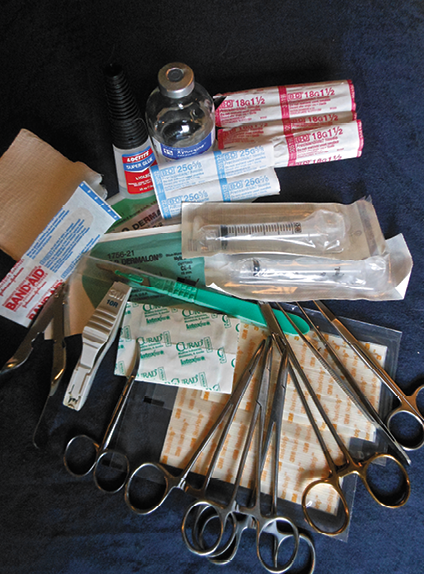
STOP THAT LEAK
Leaks getting you down? Take a look at our August 2010 test of marine adhesives and get busy with those sealing and re-bedding projects. Whether you’re putting the boat away in the off-season or venturing offshore, your electrical connections need protection; we tested anti-corrosion sprays in the September 2007 issue and greases in the April 2017 issue.
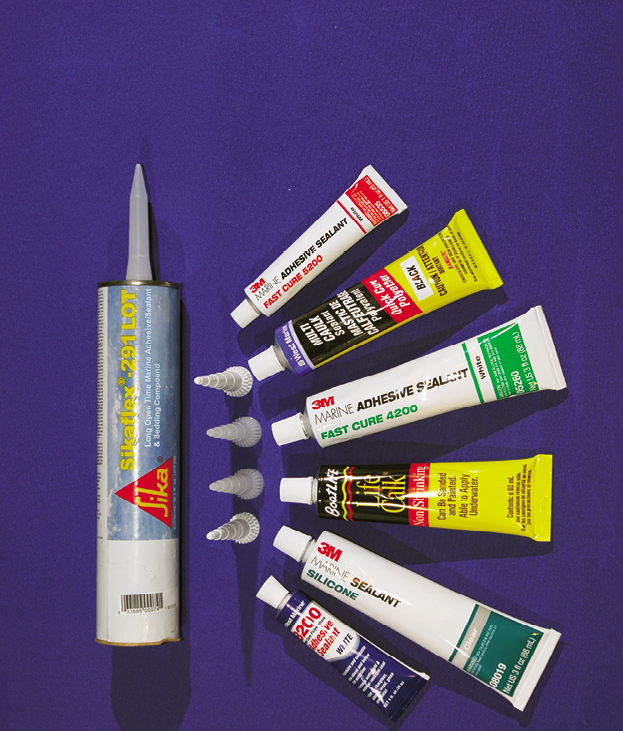
ELECTRICAL SYSTEMS
Whether you’re embarking on a complete overhaul of your boat’s electrical system, troubleshooting annoying electrical problems, or want to ensure your batteries, conductors and connectors can withstand the rigors of an offshore voyage, our newly updated six-part ebook on electrical systems will guide you through the process. The newly updated ebook Electrical Systems: The Complete Series is available at our online bookstore (www.practical-sailor.com/products).
STORM READY
You don’t have to live in hurricane-prone area to benefit from our detailed four-volume Hurricane Preparedness Guide (www.practical-sailor.com/product/hurricane-preparedness-guide-complete-series), which describes the gear and techniques that can help you ensure that your anchored, docked, or moored boat is in the best position to survive an extreme weather event.
